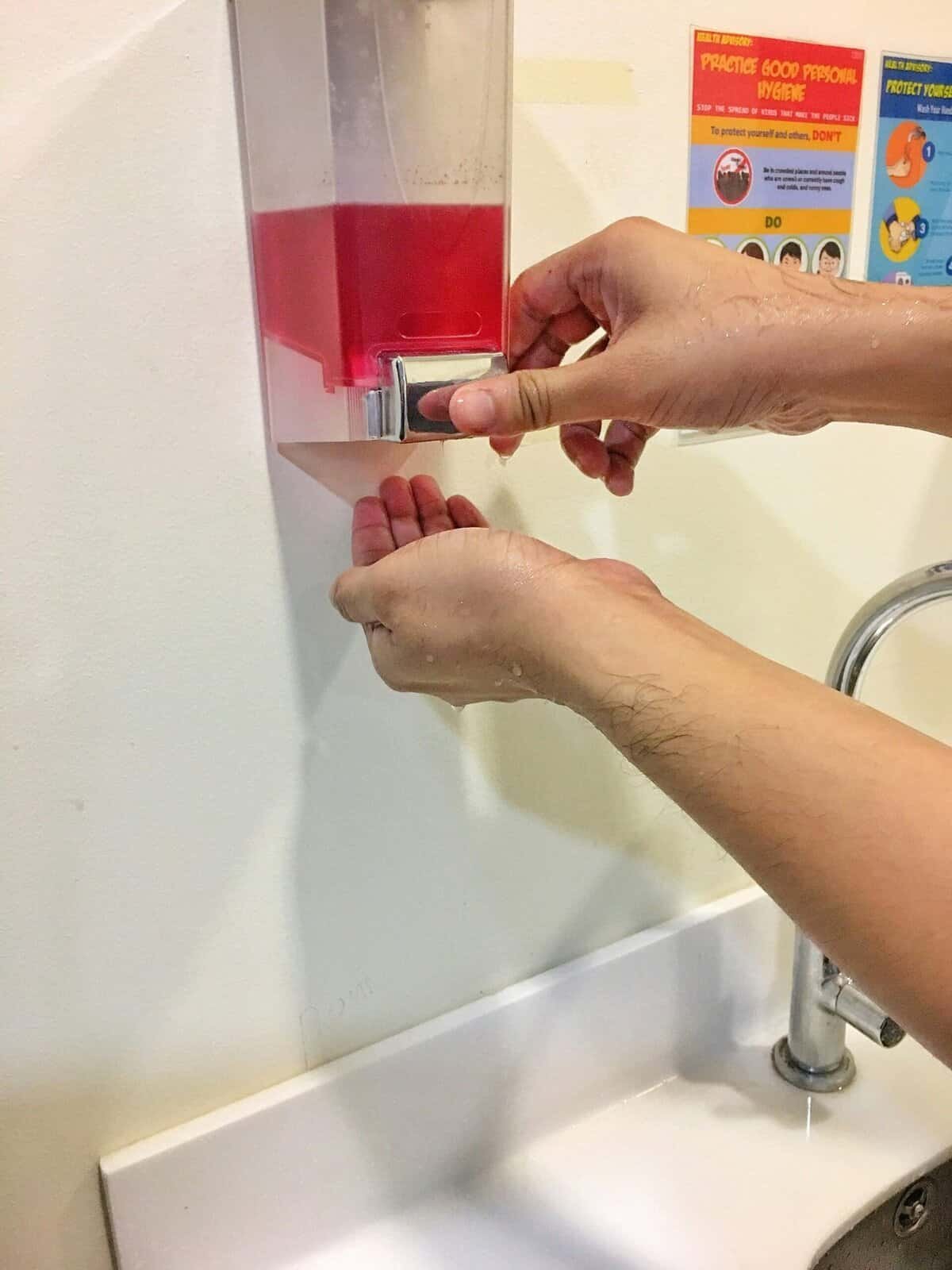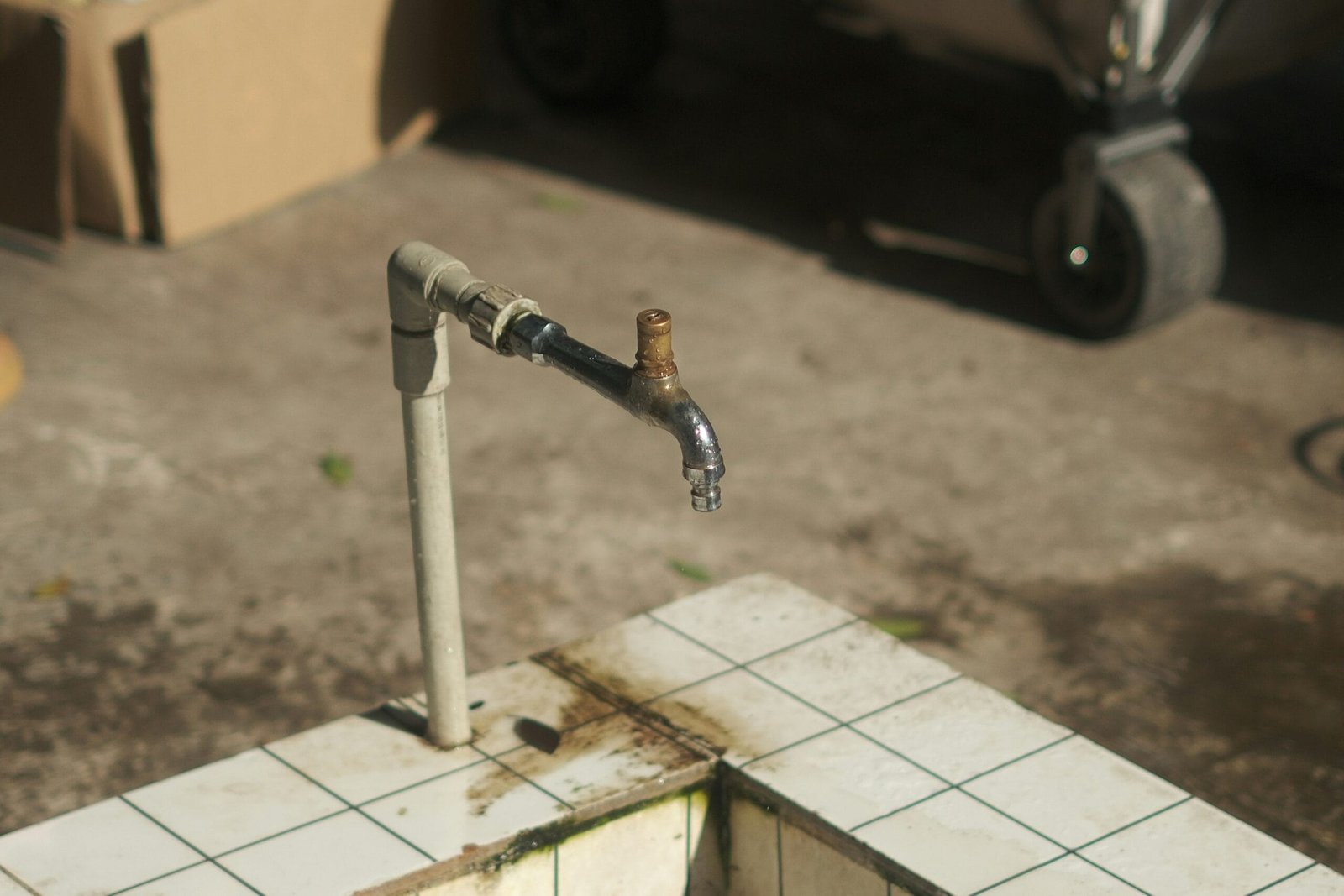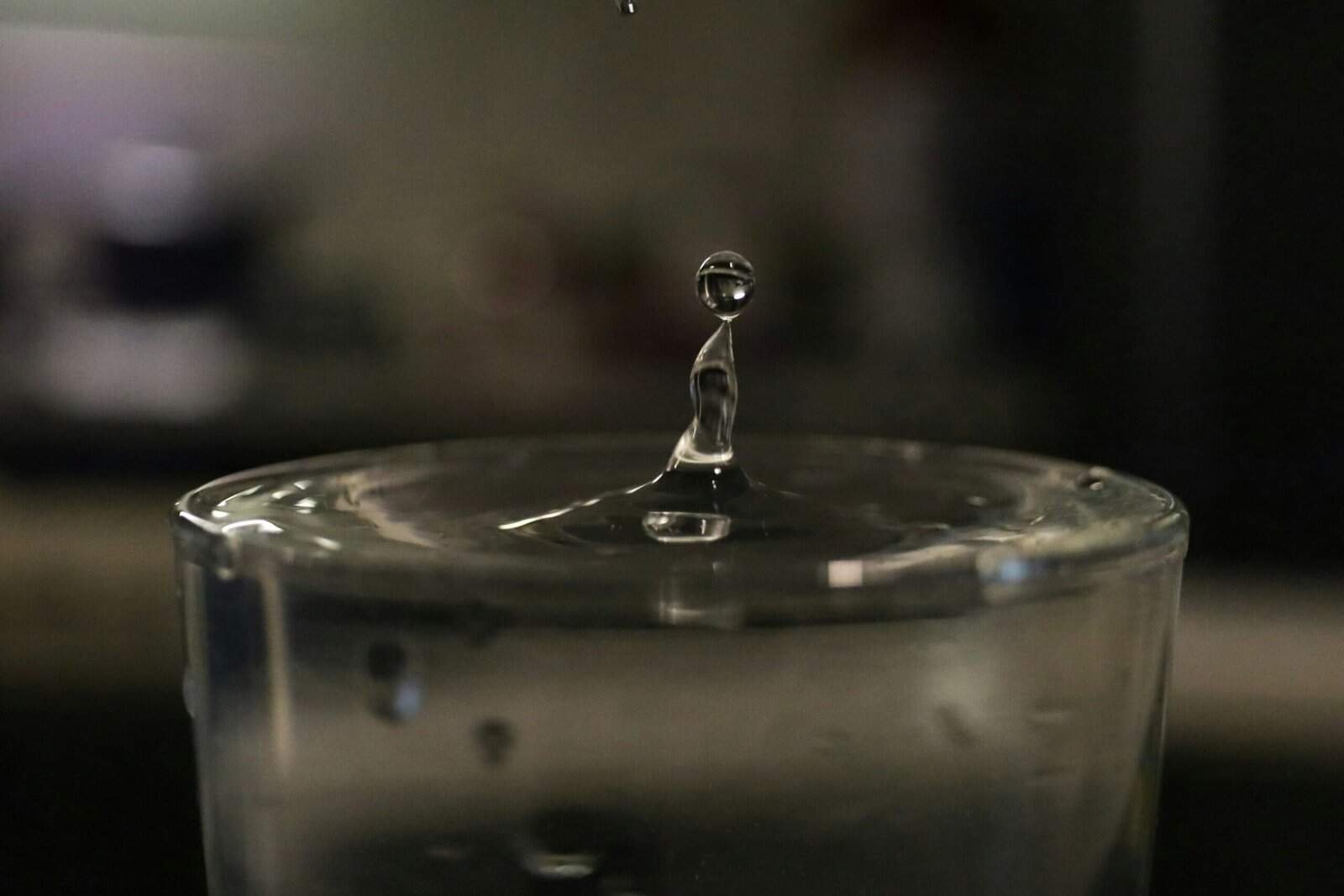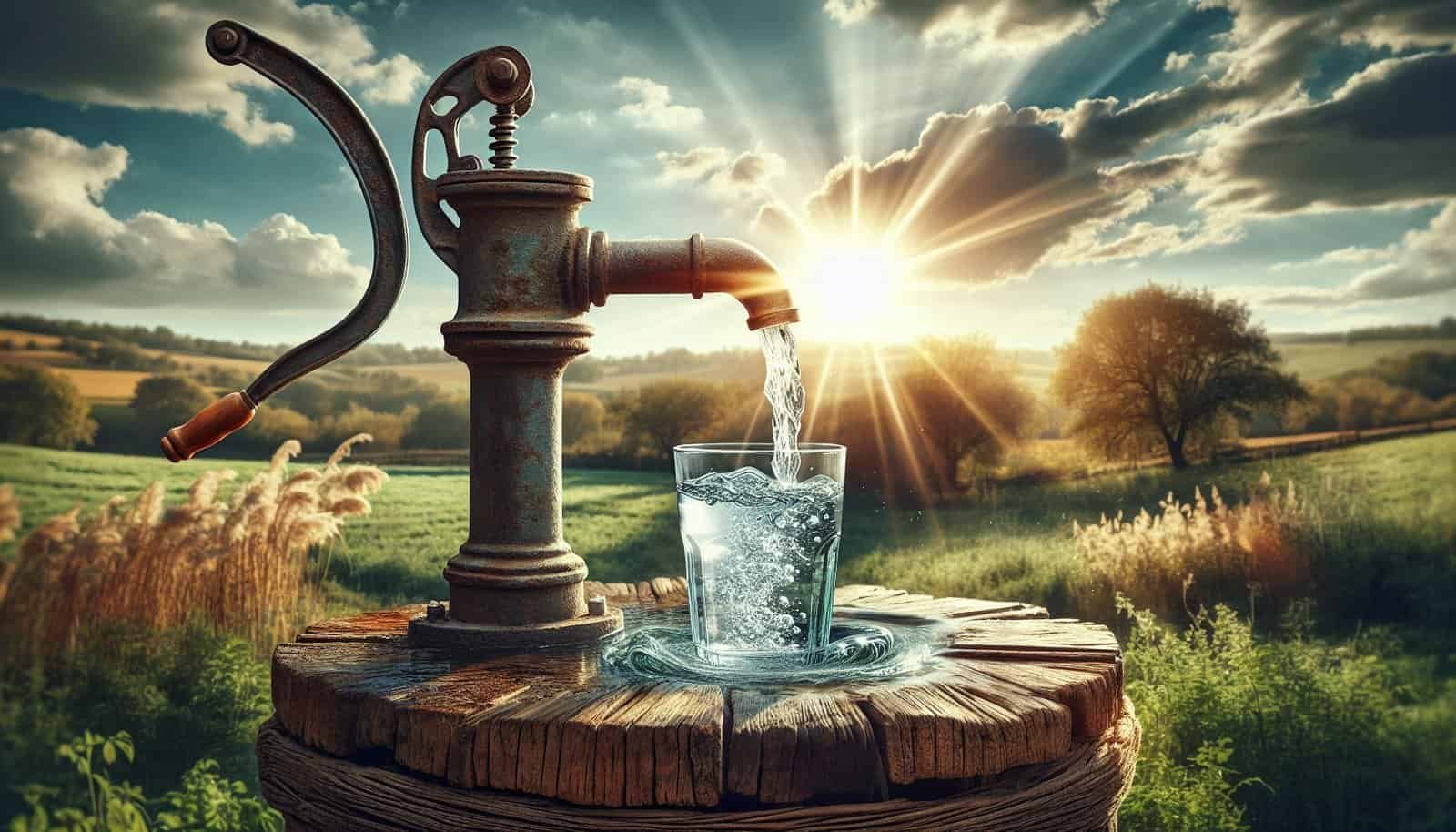Have you ever wondered whether the water gushing from your well is truly safe for drinking? Ensuring the safety of your well water is crucial for you and your family’s health. With potential contaminants lurking below the surface, knowing what steps to take to verify water safety is a vital skill for any well owner. This article sheds light on how you can confidently determine the safety of your well water.

Understanding Well Water Systems
First and foremost, it helps to understand the basics of well water systems. Private wells tap into underground water supplies called aquifers. These natural formations are layers of water-bearing rock or soil that collect water from rainfall. Groundwater travels through the aquifer and is extracted through a well to provide a home with water.
Types of Wells
There are different types of wells, and understanding which one you have can help in recognizing potential risks:
- Drilled Wells: Deep and require a significant investment. These wells are usually safe from surface contaminants due to their depth.
- Dug Wells: Shallow and lined with stones, tiles, or concrete. They are more prone to contamination.
- Driven Wells: Similar in depth to dug wells and at a higher risk of contamination.
Each type has its unique vulnerabilities, so knowing your well type can guide you in identifying possible issues.
How Wells Get Contaminated
Well water can become contaminated through various means, including natural and human activities. Here are some potential sources of contamination:
- Natural Sources: These include minerals like arsenic, radon, and fluoride that naturally seep into the water from the surrounding geological formations.
- Human Activities: Runoff from agricultural areas can introduce pesticides and nitrates. Industrial waste or improper waste disposal practices can also lead to contamination.
Signs of Contaminated Well Water
Before even testing, your senses can offer early warnings of potential problems. Pay attention to unusual changes in water characteristics such as:
- Taste: Water may develop a metallic, salty, or chemical taste.
- Odor: Unpleasant smells, such as those of rotten eggs, can indicate the presence of hydrogen sulfide or other contaminants.
- Color: Cloudiness, or unusual colors, such as red or brown, may suggest contamination.
If you detect any of these signs, it’s wise to take immediate action.
Regular Testing: Your First Line of Defense
To ensure the safety of your well water, regular testing is indispensable. This proactive approach catches problems early and ensures you and your family’s well-being.
How Often Should You Test?
At a minimum, you should test your well water annually for total coliform bacteria, nitrates, and any other contaminant of local concern. Circumstances where testing might need to be more frequent include:
- After major floods or events that disturb the ground around the well.
- If there’s a noticeable change in water quality.
- When any part of the well or the surrounding area is repaired or altered.
What Tests Should You Conduct?
Deciding which tests are necessary depends on several factors such as location, nearby activities, and observed changes in water quality. Here are some fundamental tests:
- Total Coliform Bacteria: Indicates the presence of microorganisms in water.
- Nitrates: Especially important if there are infants in the household, as high levels can cause methemoglobinemia or “blue baby syndrome.”
- Volatile Organic Compounds (VOCs): Essential for areas near industrial zones due to possible contamination from solvents and gasoline additives.
Using Certified Laboratories
Always choose a certified laboratory for water testing. Their expertise and accurate equipment ensure reliable results. The Environmental Protection Agency (EPA) typically provides lists of certified labs.
Understanding Water Test Results
Once you’ve tested your water, interpreting the results is the next crucial step. Understanding what the results mean and what actions to take can protect your health.
Reading Your Test Report
Your test report will include a list of parameters tested, their concentrations found, and what the safe limits are according to health guidelines. Pay special attention to:
- Any contaminant levels exceeding recommended limits.
- Emerging contaminants as new hazards are identified.
Actions Based on Results
Depending on your water test results, the following actions might be necessary:
- Seek Treatment: If contaminants exceed safe levels, explore treatment options such as filtration, distillation, or chemical disinfection.
- Re-testing: If results are inconclusive or highly concerning, consider more frequent testing to monitor changes.
Do Not Panic
Remember, receiving a report showing contaminants doesn’t necessarily mean you need to panic. Many issues can be resolved with appropriate treatment solutions.
Treatment Solutions for Contaminated Well Water
If your well water isn’t safe to drink, several technologies can help restore its quality. Understanding these options allows you to choose the right solution for your specific problem.
Filtration
Common types of filtration systems include:
- Particle Filters: Remove sediment and suspended materials.
- Activated Carbon Filters: Good for removing organic chemicals, VOCs, and odors.
- Reverse Osmosis Systems: Effective for removing a broad range of contaminants but can waste some water.
Chemical Disinfection
Chemical additives like chlorine or iodine can disinfect water, killing bacteria and viruses. However, they may alter the taste or odor of your water.
Distillation
This method involves boiling water to produce steam and condensing it back into a liquid. Distillation removes most impurities, making your water very pure but possibly altering its taste.
Choosing the Right System
The best treatment depends on the specific contaminants found. Consulting with a water treatment specialist can ensure you’re applying the most effective method for your situation.

Preventing Well Contamination
While testing and treatment are crucial, prevention remains the best strategy. By protecting your well from contamination in the first place, you spare yourself the hassle and expense of dealing with tainted water.
Proper Well Maintenance
Routine maintenance prevents common issues before they start. Here’s what you can do:
- Inspect the Well Cap and Casing: Ensure there’s a tight seal to prevent surface contaminants.
- Grade Soil Properly: The area around the well should slope away from it, directing runoff water away.
- Remove Trees and Shrubs Nearby: Roots can disrupt well integrity.
Ground Protection
Protecting the surrounding area involves controlling potential sources of contamination:
- Proper Disposal of Chemicals: Avoid dumping hazardous substances near the well.
- Septic System Maintenance: Regularly inspect and pump your septic tank to prevent bacterial migration to the groundwater.
Be Aware of Local Land Use
Monitor land-use activities in your area. Activities like mining, industrial development, or extensive agricultural practices can introduce pollutants into the water supply.
Recognizing Changes Over Time
Recognizing the dynamics of water quality over time is an essential skill. By being observant, you can detect potential problems earlier.
The Impact of Seasons on Water Quality
Seasonal changes can influence your well water quality:
- Spring Thawing and Rain: Can introduce surface water into your well, potentially bringing contaminants.
- Droughts in Summer: Lower water tables can concentrate impurities as the dilution effect weakens.
Staying Proactive
By keeping track of changes in your water and testing regularly, you can establish a baseline understanding of its normal conditions. Stay proactive by routinely reviewing land development plans in your area.

Educate Yourself and Your Community
Sharing knowledge about well water safety can enhance the quality of life for you and others. This is especially important in communities reliant on groundwater.
Workshops and Community Meetings
Host or attend informational workshops where experts discuss local well water issues, testing techniques, and prevention strategies. Education is empowerment.
Stay Informed About Regulations
Familiarize yourself with local and national water safety regulations, as they guide best practices.
Sharing what you know with others fosters community responsibility and preparedness, creating a safer environment for everyone.
Wrap-Up
Determining the safety of your well water requires awareness, regular testing, and informed treatment choices. By understanding potential risks, proper testing protocols, and effective prevention strategies, you can safeguard your water supply. Protecting your well not only ensures immediate safety but also contributes to the long-term health and sustainability of your precious water resource. Stay vigilant and proactive—your health depends on it.

